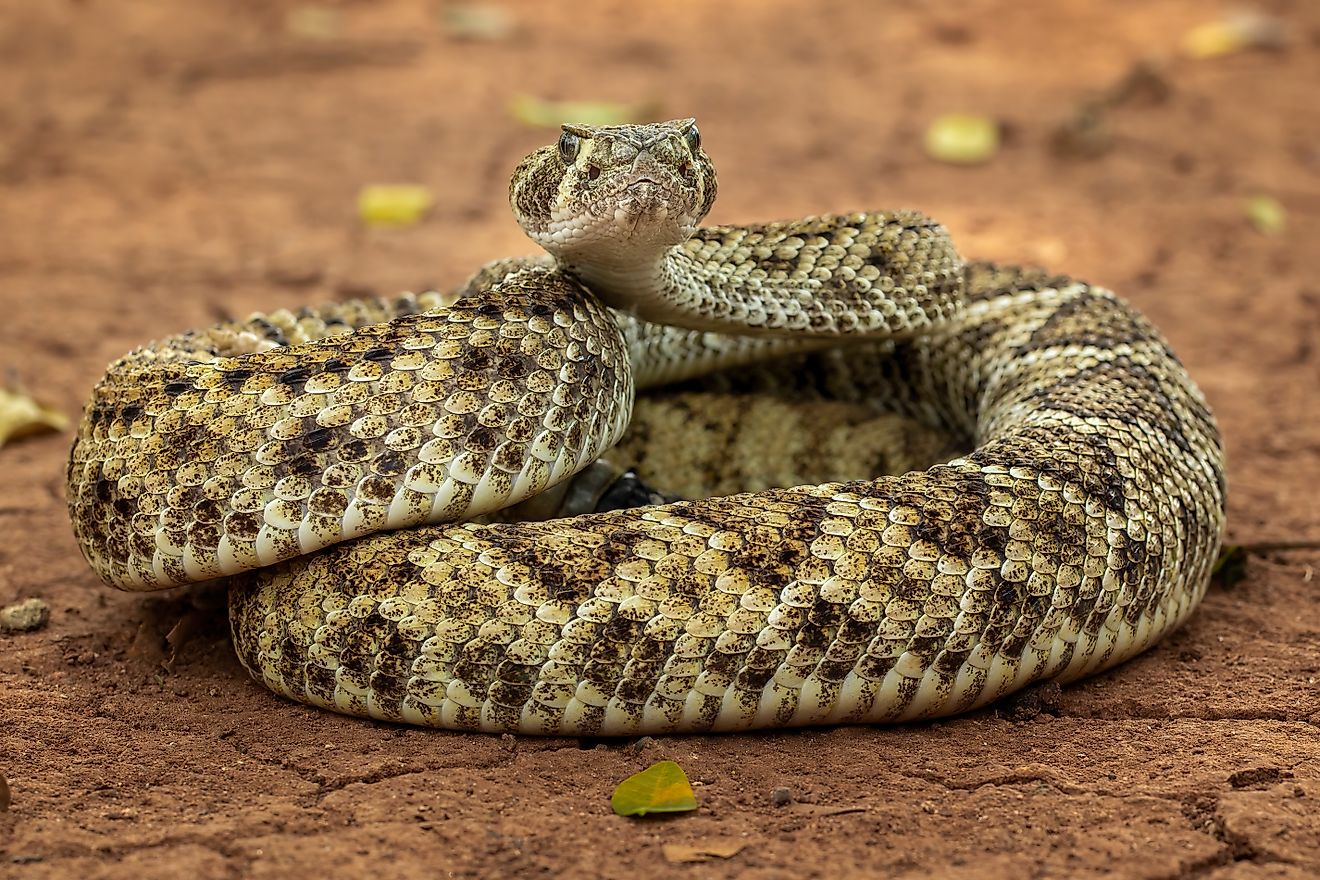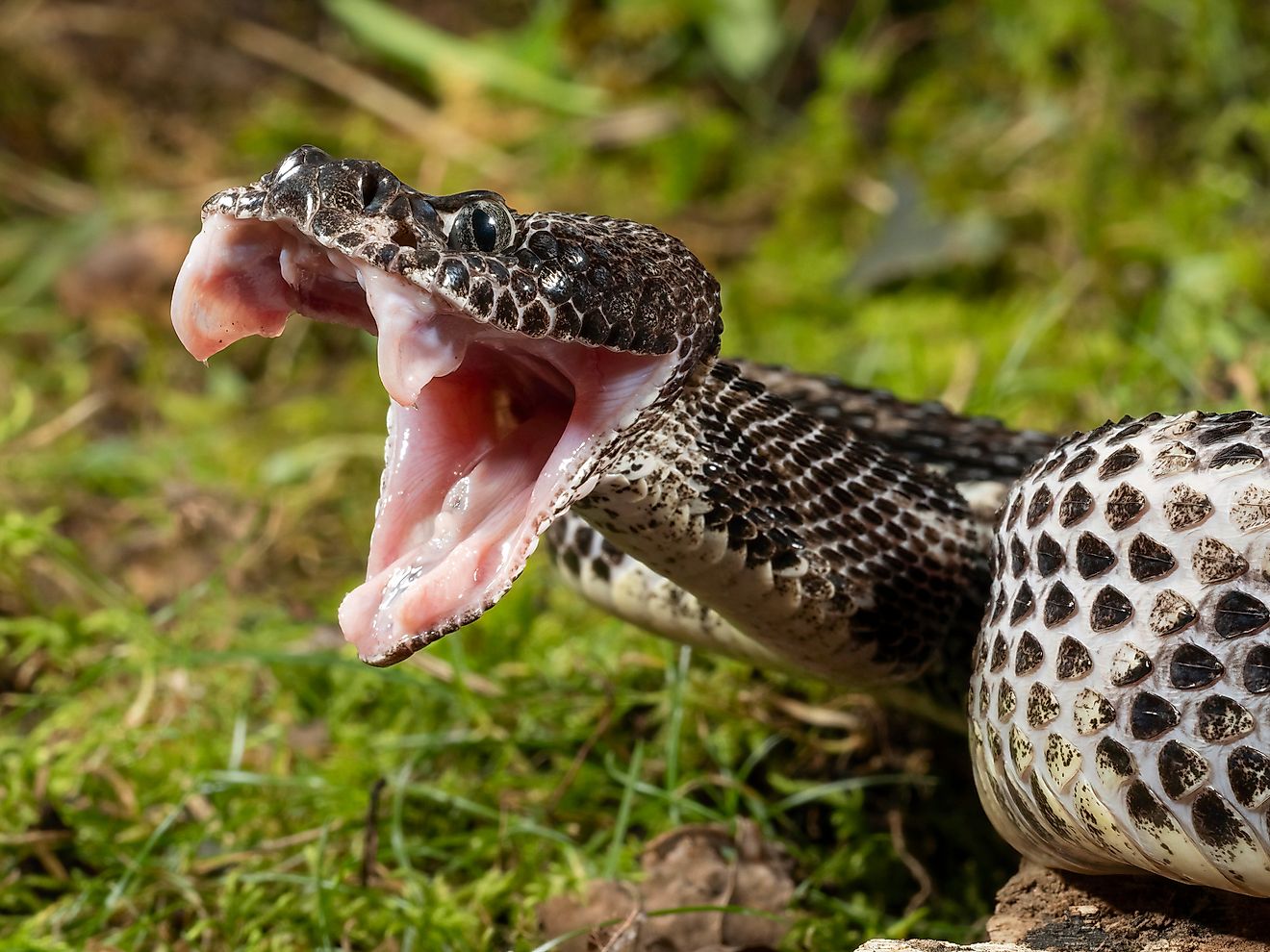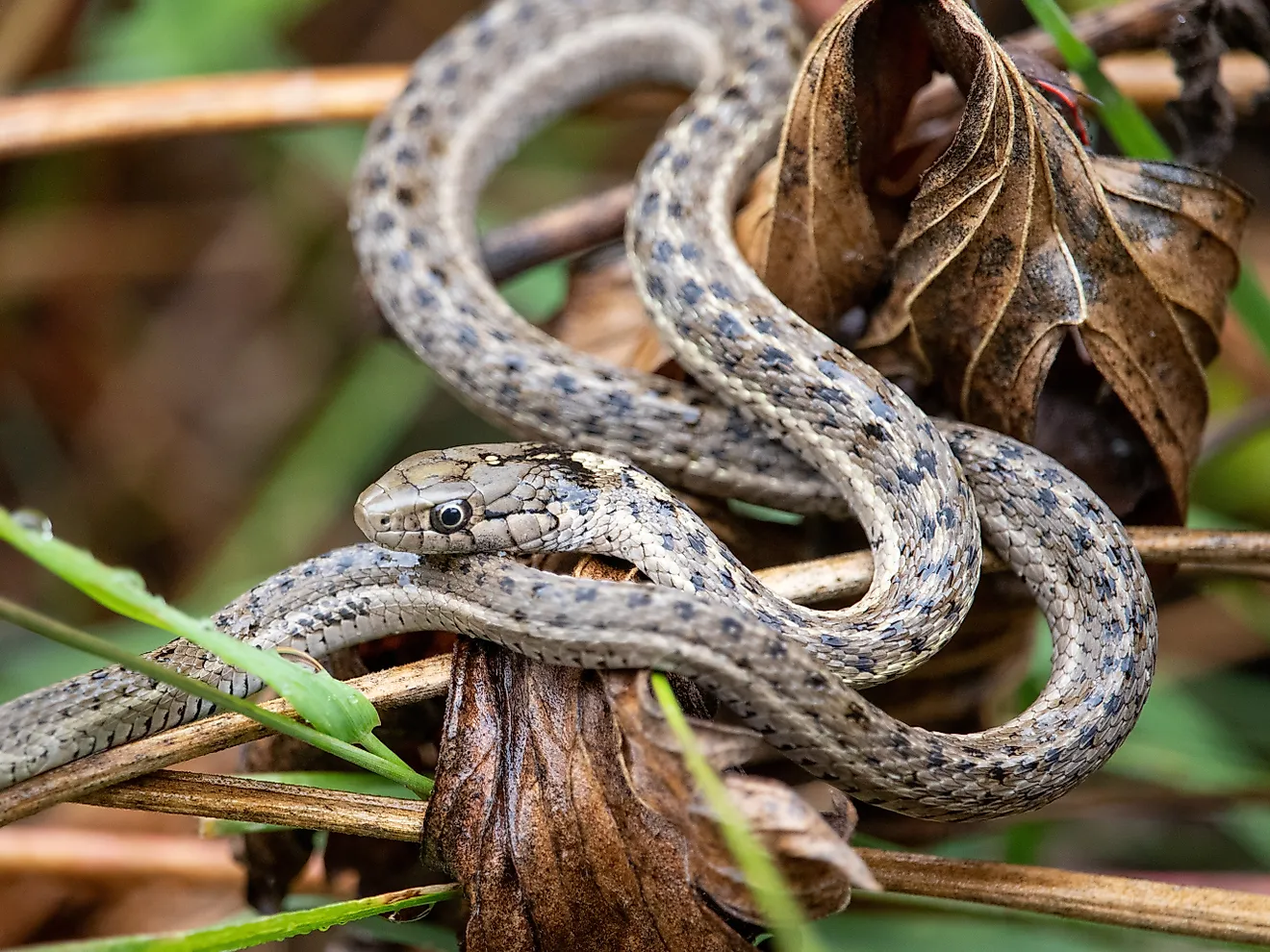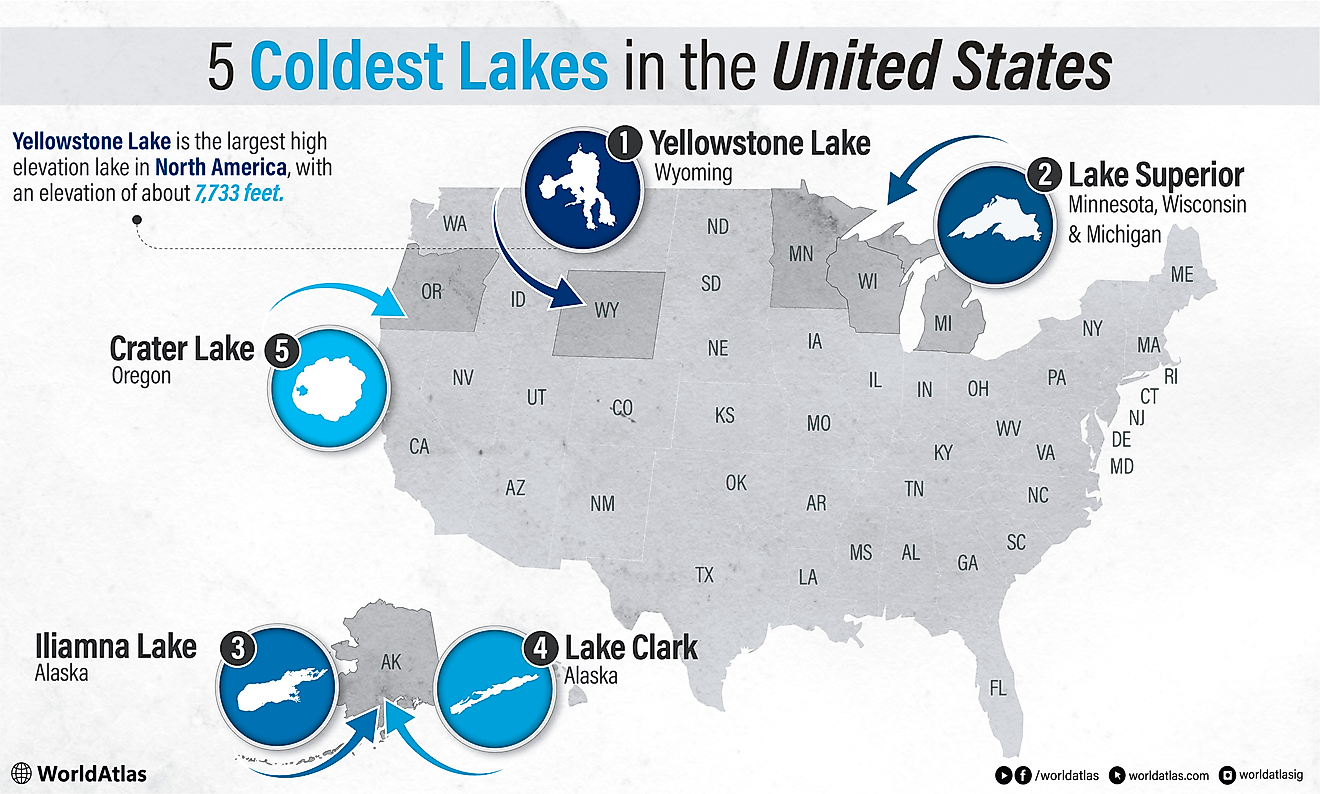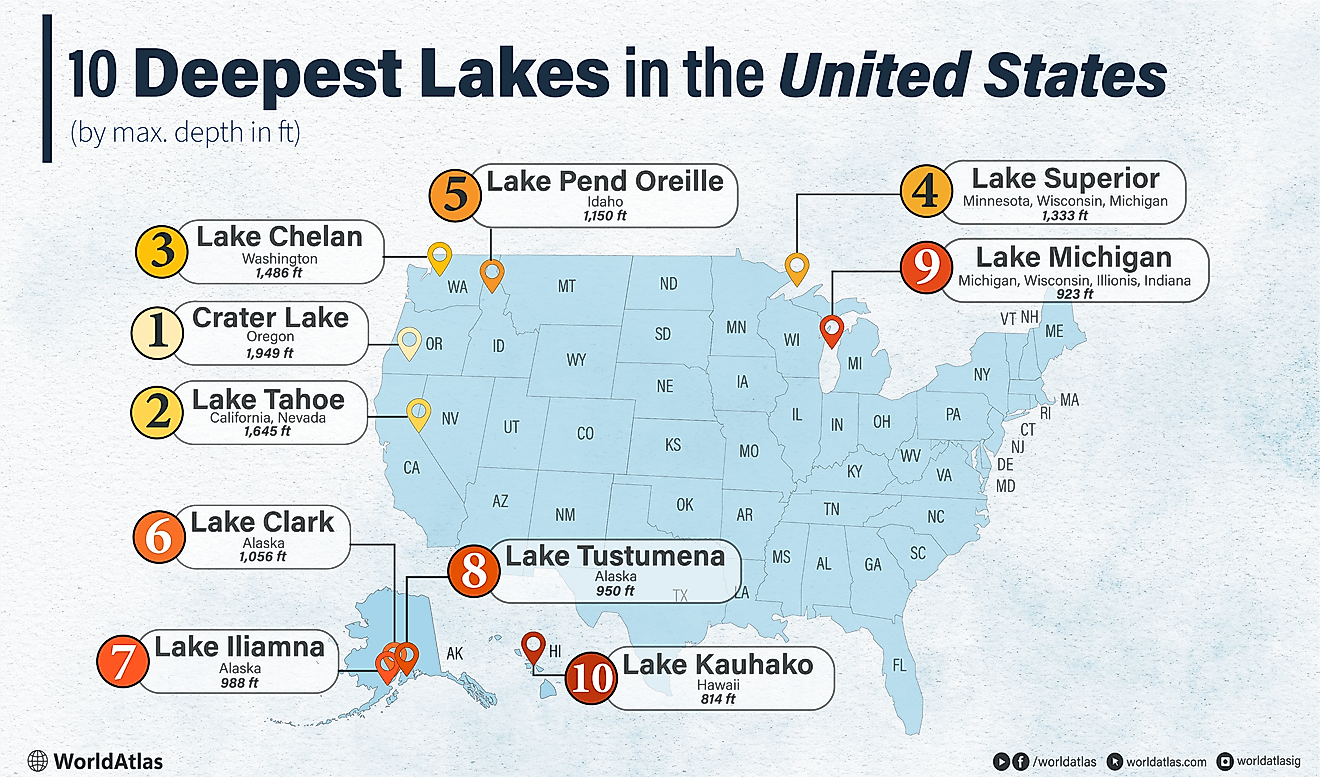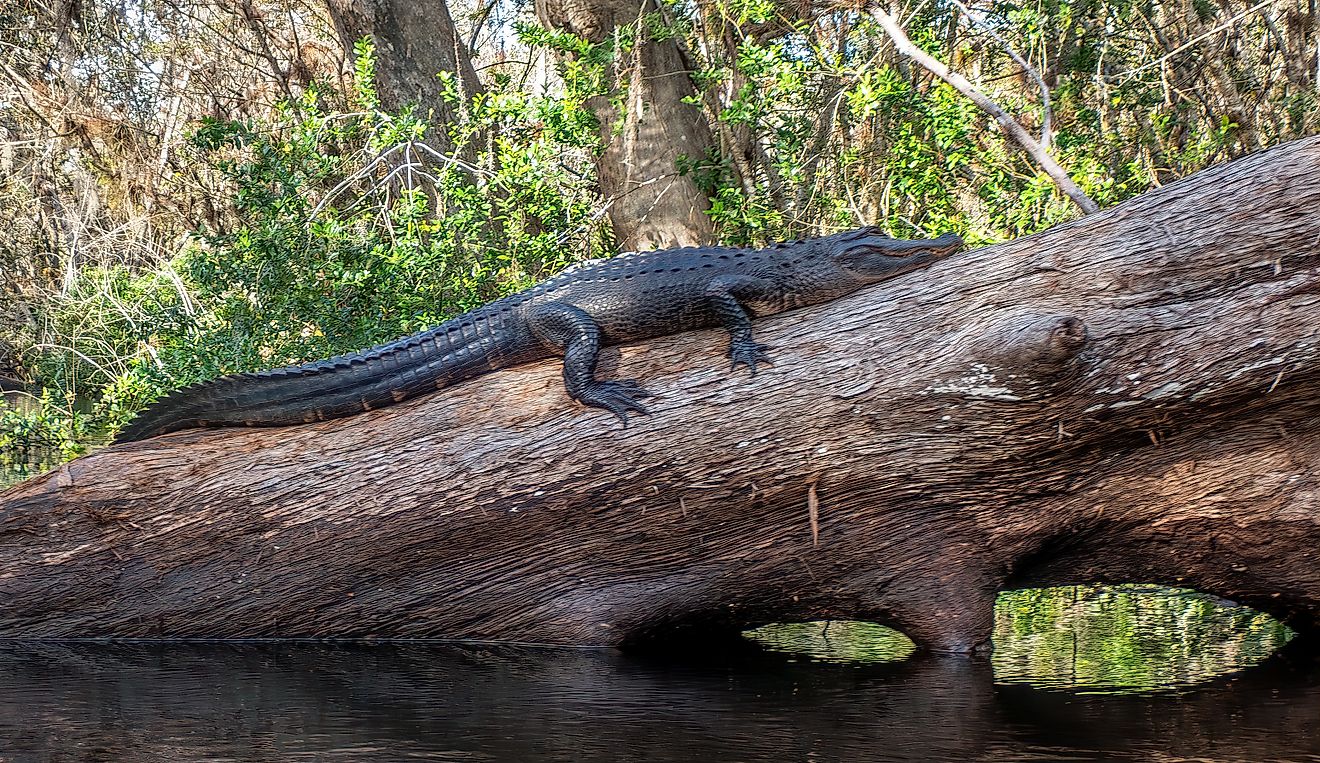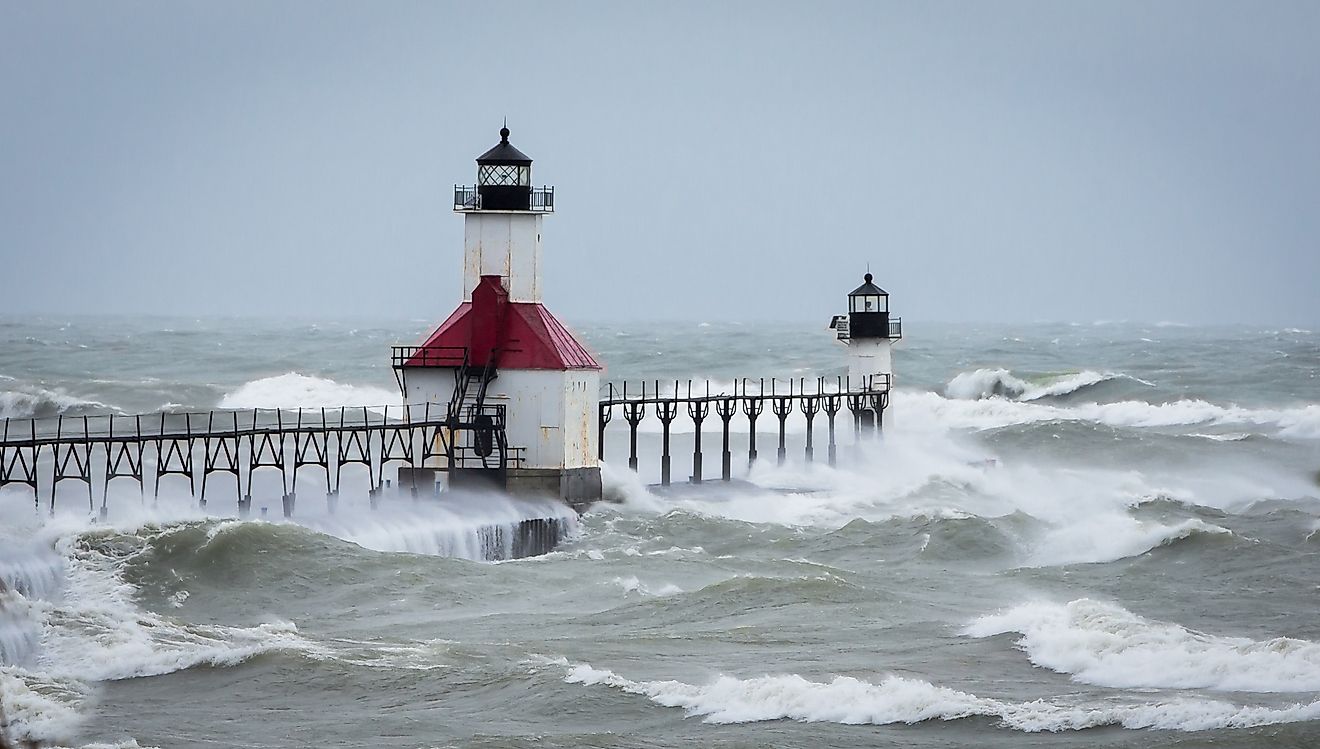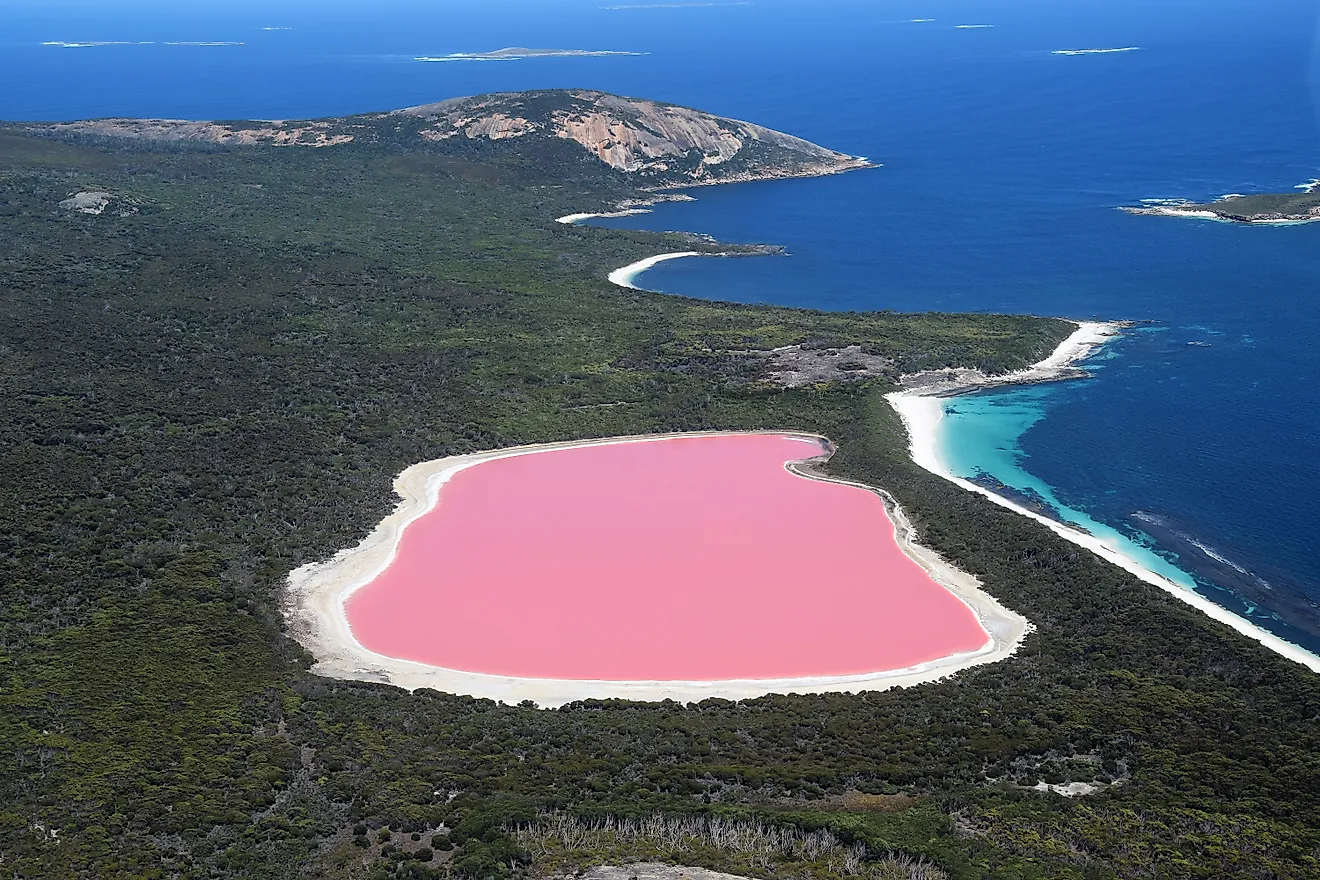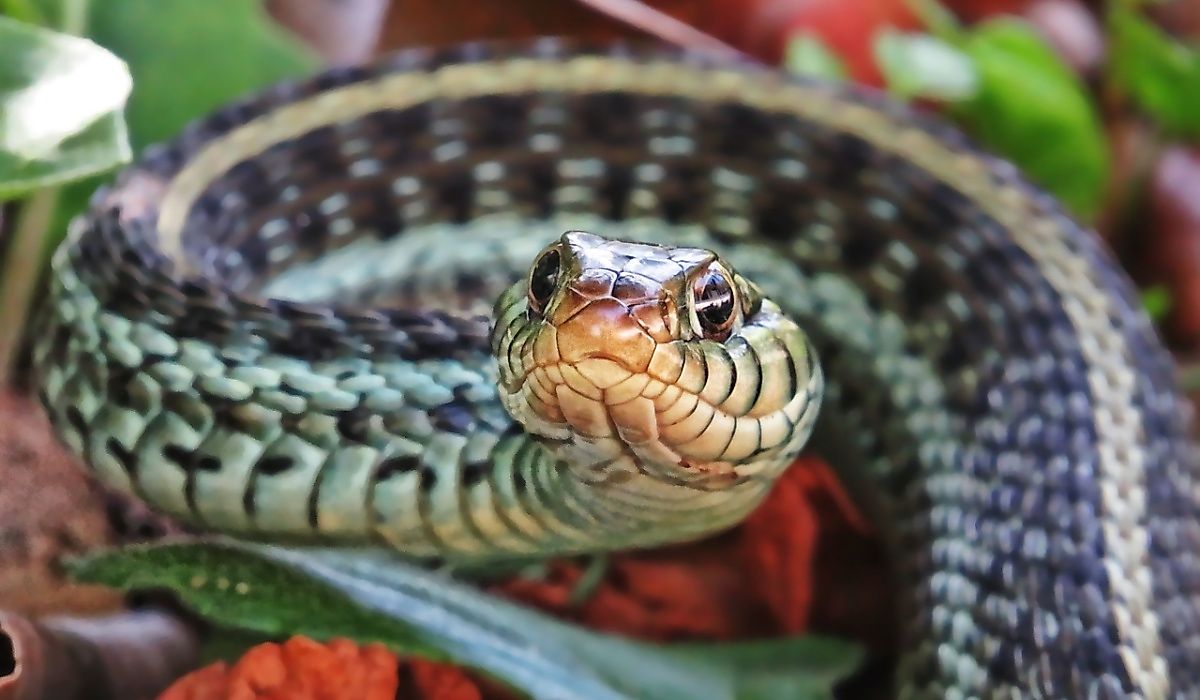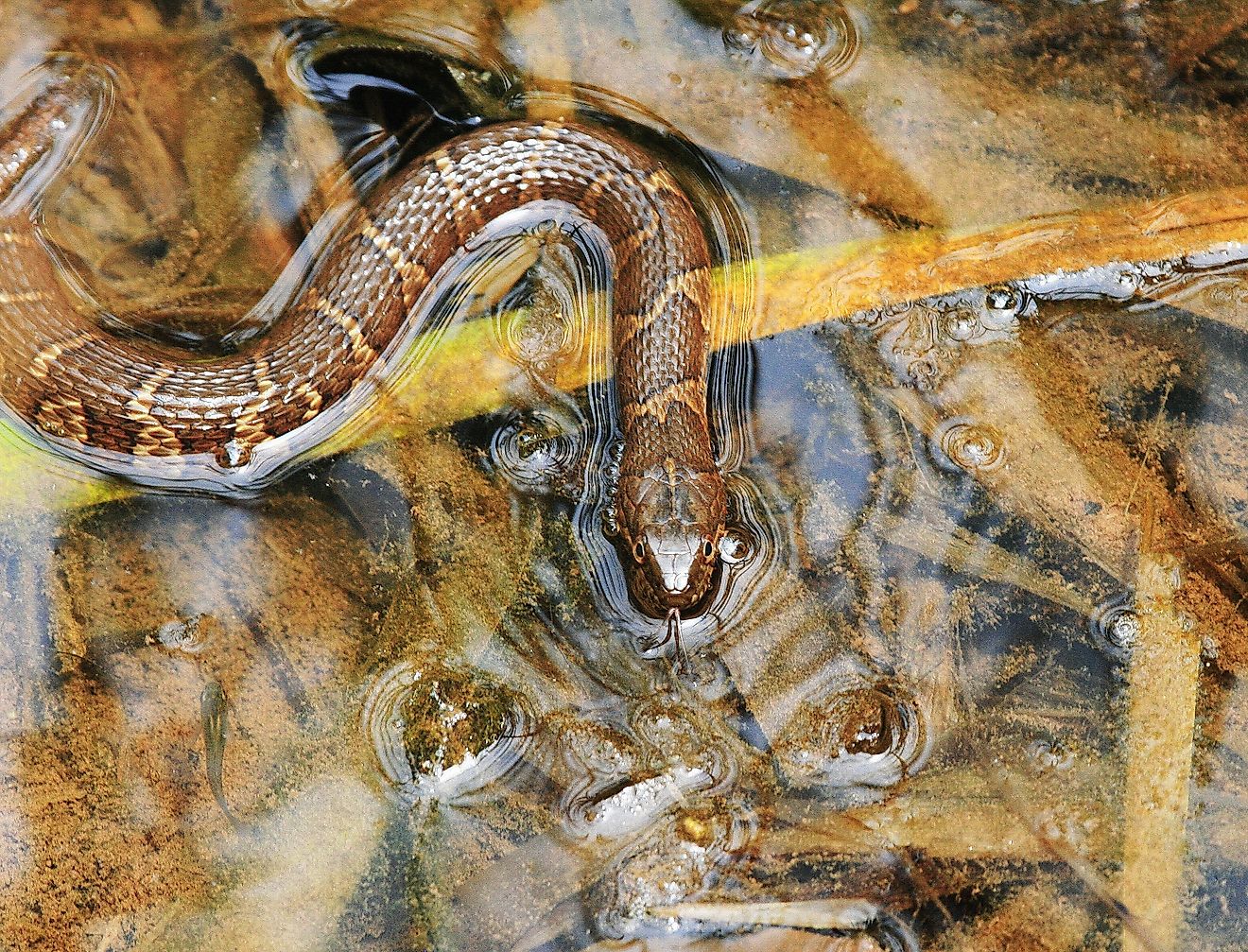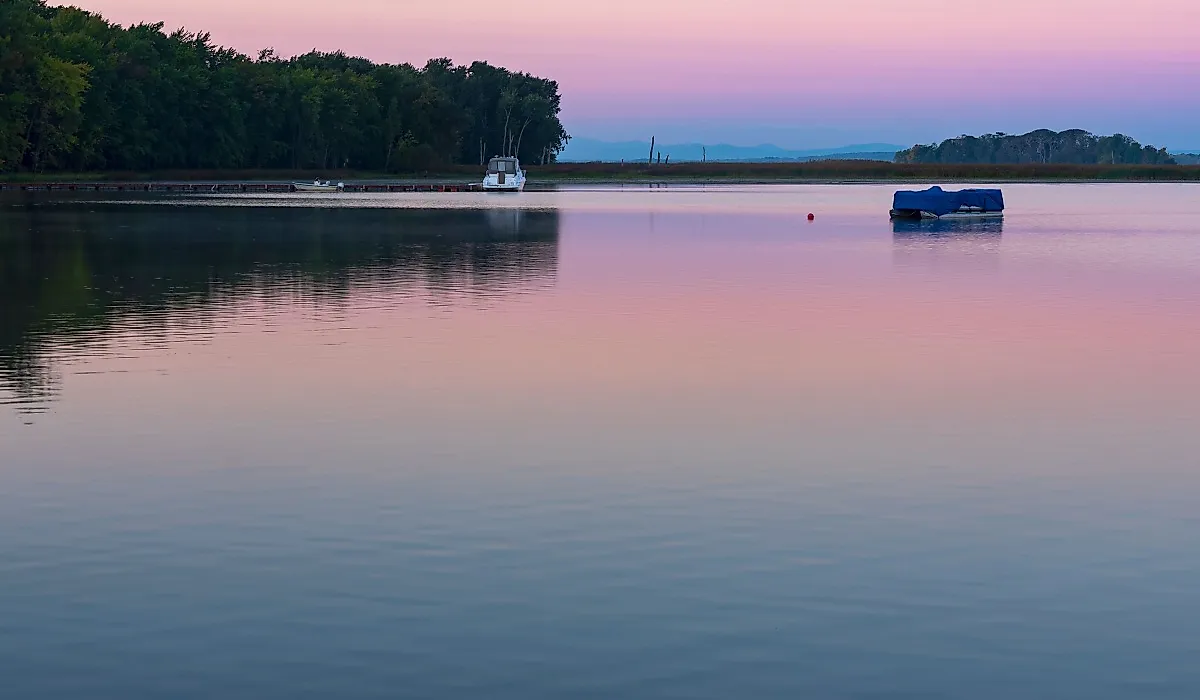
5 Most Snake-Filled Bodies Of Water In Vermont
While it may be one of the smallest states in the United States, Vermont is also one of the most scenic and ecologically diverse. Aptly nicknamed the Green Mountain State, its wilderness is home to the beautiful Green Mountains, which create various unique landscapes. Add bodies of water like Lake Champlain and Lake Iroquois to the mix, and the state becomes a true panorama for outdoor opportunities and activities.
However, along with being ideal for recreation and adventure, these bodies of water are also perfect breeding grounds for snakes. That’s right, among Vermont’s 11 snake species, many adore living in the water and surrounding areas, from the northern water snake to the venomous timber rattlesnake. So, to stay safe and know what to do when you're swimming or boating in Vermont, this article delves into the five most snake-filled bodies of water in the state.
Lake Shaftsbury
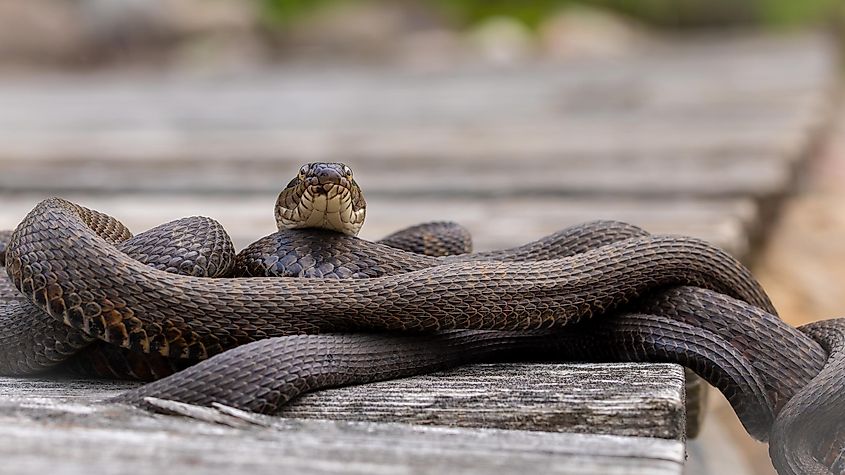
Located near the town of Shaftsbury in southern Vermont, Lake Shaftsbury is an unassuming body of water with lots to see and do. The lake sits within an 85-acre state park, which is a great location for outdoor enthusiasts. The park boasts boat rentals, a snack bar, camping facilities, and even a beach, so there is no end to the possibilities when it comes to leisure. To this end, activities like swimming, fishing, and camping are commonplace. For wildlife watchers, there are plenty of animals to see, from trout and other fish to deer and moose on land.
While fish and mammals are to be expected, what might surprise you is the number of snakes in Lake Shaftsbury. Due to its rural locale and lush forests, there are plenty of places to hide and swim, making it ideal for aquatic snakes. Specifically, the northern water snake (Nerodia sipedon) and common garter snake (Thamnophis sirtalis) are in abundance here. The former is one of America’s most prominent snakes and one of the best swimmers in the Serpentes suborder. These snakes boast a brown to black coloration with dark crossbands and blotches on their bodies. The average male can grow up to 4 feet 5 inches (135 cm) long, making it one of the longest snakes found in Vermont. While they can often be seen cutting through water, northern watersnakes spend most of their time basking and are quick to flee from danger. Moreover, both watersnakes and the garter snake are non-venomous, so bites aren’t major medical concerns.
Lake Champlain

Lake Champlain is one of the most famous landmarks in Vermont. With a surface area of 514 square miles (1,331 sq km), it is one of the largest freshwater lakes in North America and spans New York, Vermont, and the Canadian province of Quebec. The lake also has a vast shoreline that is nearly 600 miles long and teems with life, from cities like Winooski to parks like the Grand Isle State Park Beach. Millions of people from across the world come to visit each year, drawn to its opportunities for boating, swimming, hiking, and camping.
With so many people frequenting Lake Champlain, chance encounters with snakes are a risk, and the lake is home to many species, thanks to its wetland environment and verdant coastline. Therefore, identifying them can be vital in staying safe. Among the most prevalent are the northern water snake, black racer (Coluber constrictor constrictor), and eastern ribbonsnake (Thamnophis sauritus). There is also one species that stands out, and that is Vermont’s only venomous species, the timber rattlesnake (Crotalus horridus). This pit viper is one of the region’s most venomous and has a gray-brown coloration with dark brown or black crossbands. They grow up to 60 inches (152 cm) long on average and prefer rugged terrain and floodplains, making coastal areas perfect. They are rare, but if you spot one, give it a wide berth, as they have a high venom yield and long fangs, making bites particularly dangerous.
Otter Creek

The longest river entirely in Vermont, Otter Creek is a vital body of water that supports wildlife, communities, and parks. Spanning 112 miles (180 km) through western Vermont, the creek is one of Vermont’s most vast intact floodplains, providing great spots for snakes to hide and hunt. Thus, many species like the northern water snake, milk snake (Lampropeltis triangulum), and garter snake reside here. The milk snake is one that stands out due to its vibrant coloration, often mistaken for the venomous coral snake or scarlet kingsnake. Thankfully, this species is non-venomous, and its bright yellow, red, and black bands make it easy to spot in and around bodies of water. These snakes range greatly in size, and adults can be anywhere between 14 and 73 inches (36 and 180 cm) long. However, as they are mostly nocturnal, sightings are rare, unless you are out camping along the creek.
Beyond the presence of non-venomous snakes, Otter Creek also has tons of wildlife and amenities. It runs through the Green Mountain National Forest, an 800,000-acre forest with endless trails like the Appalachian Trail, offering hundreds of miles to explore. Hikers can often spot animals like moose, black bears, and wild turkeys, making it a dream destination for outdoor enthusiasts. The creek itself is also great for boating and fishing, as long as you keep an eye on the water for any ssslithering silhouettes.
Lake Bomoseen
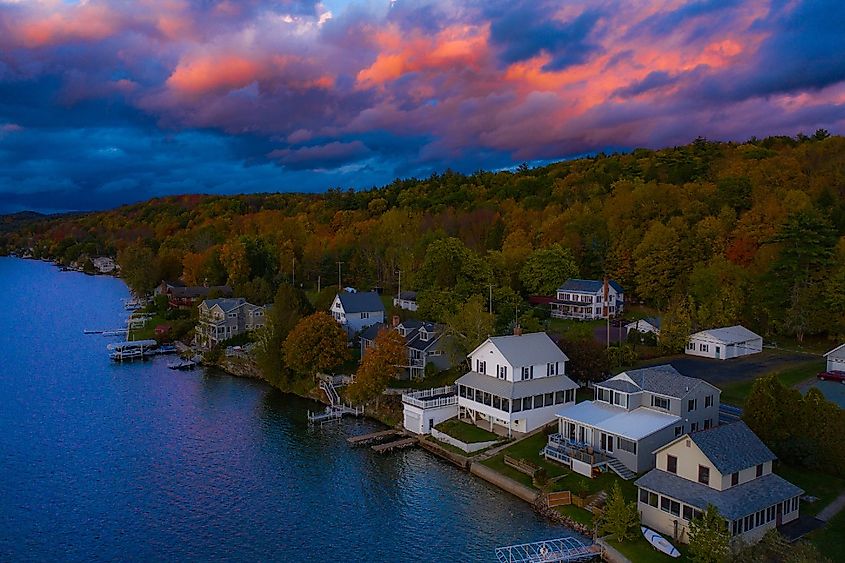
Also on the western end of Vermont, Lake Bomoseen is the largest freshwater lake entirely within the state. It has a surface area of around 2,400 acres and five major inlets. Today, the lake is a popular spot for tourists, especially at Bomoseen State Park along its western shoreline. The park area is home to public beaches and boat launches, while the nearby towns of Rutland and Brandon offer spots for lodging and a meal. The lake itself has something for all kinds of enthusiasts, from boating, tubing, and swimming to camping and even ice fishing in winter.
Along with having something for all people, the state park and lake also provide a damp environment with plenty of hiding spots for many snakes. The northern water snake and common garter snake are two that you are most likely to encounter here. The latter, the common garter, is a species found throughout most of North America. The snake has a dark brown coloration and yellow stripes that run along its length, which tends to be less than 54 inches (137 cm). While garter snakes do have venom, it is very mild and only affects smaller animals like rodents. Their bites are rarely strong enough to break human skin and, if they do, they will only cause localized pain. That said, a snake bite is a snake bite, so keep basic medical gear with you when out and about near Lake Bomoseen.
Lake Iroquois
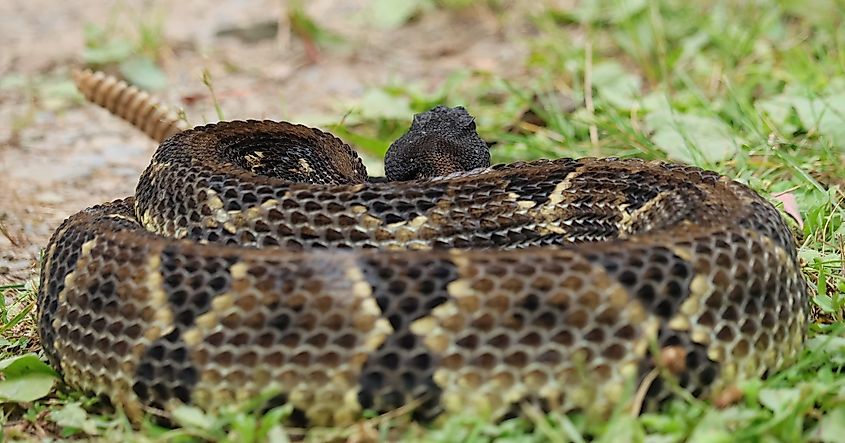
Nestled between the towns of Williston, Hinesburg, and Richmond, Lake Iroquois is a peaceful 250-acre reservoir. Popular for kayaking, water skiing, and swimming at the public beach, it also draws hikers to the surrounding hills and nature lovers to its wetlands. But for all its charm, the lake is also home to some sneaky residents.
Snakes, particularly the timber rattlesnake and common garter snake, have been spotted in the surrounding areas. While encounters aren’t especially common, the lake’s mix of forest edge and rocky shoreline makes an ideal habitat for both. Garter snakes are mostly harmless and often seen basking near the water. The timber rattlesnake, however, should be avoided. It tends to stay hidden but may be present along trails or sunny patches near the woods. If you’re out for a hike or setting up a picnic, be aware of your surroundings and wear closed footwear, just in case you come across one of Vermont’s more secretive sunbathers.
Watch For Snakes When In Vermont
These five bodies of water are scenic and important for both humans and snakes. Whether it is the nonvenomous northern water snake, which is a common sight, or the rare timber rattlesnake with its potent venom, being alert is important. Thus, always avoid exploring too far off designated trails and, if you do, don’t move around rocks or logs that could house snakes. Also, keep basic medical gear so you always have the right tools to keep yourself safe, even if bitten. With these precautions, there really isn’t much to fear, leaving you plenty of energy for boating in Lake Champlain or exploring the natural beauty of Bomoseen State Park.
